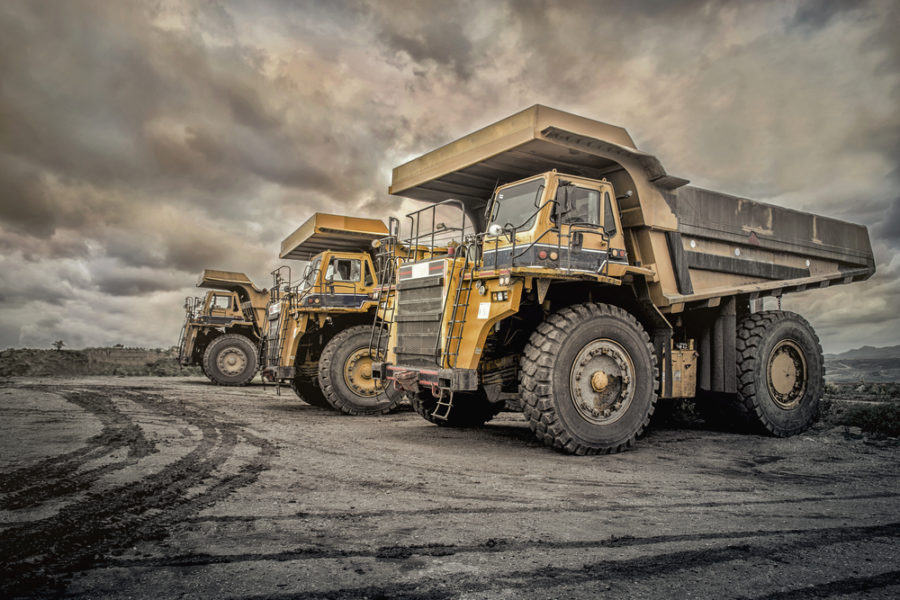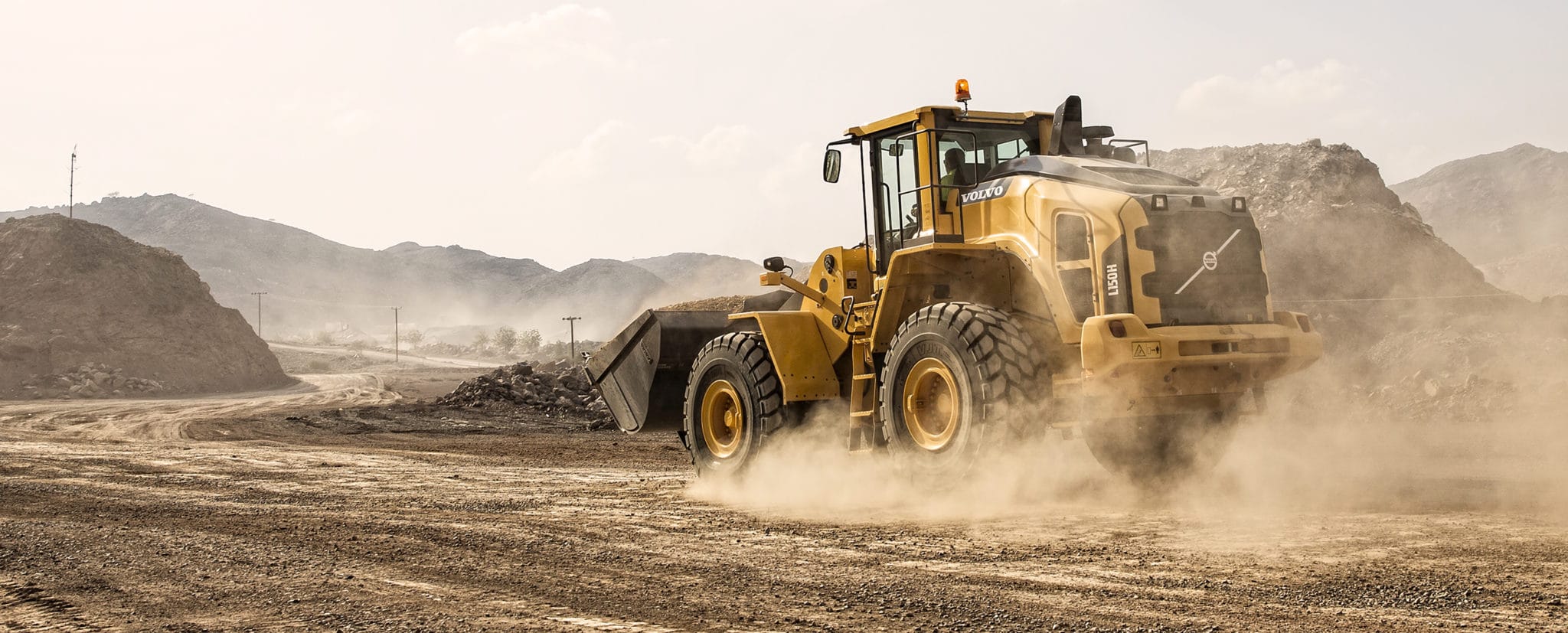Renting Out Vs. Purchasing Building And Construction Devices: Making the Right Selection for Your Project
When beginning on a building and construction task, one of the critical decisions that project managers and stakeholders encounter is whether to buy or rent building tools. The choice pivots on various aspects such as expense considerations, job period, devices upkeep, adaptability, risk, and scalability monitoring.
Cost Factors To Consider
When reviewing the economic element of purchasing versus leasing construction tools, the in advance prices and long-lasting costs must be carefully considered. Renting out equipment commonly calls for lower first settlements compared to acquiring, making it an attractive alternative for short-term tasks or contractors with budget constraints. Renting out eliminates the demand for huge capital outlays and reduces the financial danger linked with equipment possession, such as upkeep and devaluation costs. However, over time, continually renting devices can collect greater costs than purchasing, specifically for prolonged projects.
On the other hand, purchasing building and construction equipment entails higher ahead of time prices but can lead to lasting cost savings, specifically for constant individuals or long-term jobs. Possessing tools gives versatility, benefit, and the capacity for resale value once the job is completed. In addition, possessing tools permits customization and knowledge with certain equipment, potentially raising performance and efficiency on-site. Ultimately, the choice between getting and leasing building devices pivots on the task's duration, regularity of usage, spending plan factors to consider, and lasting financial objectives.
Project Duration

Alternatively, for lasting jobs or recurring construction work, acquiring equipment could be the much more affordable alternative. Investing in equipment can result in cost savings in the future, especially if the devices will be frequently utilized. Additionally, having tools supplies a sense of control over its schedule and permits customization to fit details project demands.

Devices Maintenance
Provided the important duty project duration plays in establishing the most economical strategy between buying and renting out construction devices, the emphasis currently shifts towards checking out the essential element of tools upkeep. Appropriate maintenance is important for making sure the optimum efficiency and longevity of building tools. Renting out equipment typically features the benefit of having actually well-kept machinery provided by the rental firm. This can reduce the worry of maintenance tasks from the project owner construction equipment attachments or contractor, saving time and effort. On the various other hand, possessing equipment needs a proactive approach to maintenance to avoid failures, guarantee safety, and extend the tools's life-span. Normal examinations, servicing, and timely repair services are necessary to keep owned and operated equipment in leading working condition. Consider maintenance prices when making a decision in between getting and renting out, as neglecting maintenance can lead to costly fixings, downtime, and project hold-ups. Inevitably, a properly maintained construction equipment fleet, whether rented or possessed, is necessary for the reliable and successful conclusion of building jobs.
Flexibility and Scalability
In the world of building equipment administration, the facet of versatility and scalability holds considerable importance for job performance and source usage. Choosing to rent out building equipment provides a high degree of versatility as it allows for the quick adjustment of equipment kinds and quantities based on the evolving requirements of a project.
In addition, scalability, another critical factor, is naturally linked to flexibility. Renting out construction equipment provides the benefit of conveniently scaling procedures up or down as job needs change. Contractors can promptly exchange or include equipment to match the project's altering demands without the restrictions of having assets that might end up being underutilized or obsolete. This capacity to scale resources effectively can cause expense financial savings and improved project timelines, making renting a favorable choice for projects calling for versatility and receptive resource allowance.
Threat Administration
Reliable threat administration in construction equipment procedures is critical to ensuring task success and mitigating potential economic losses. Construction projects naturally involve different threats, such as tools malfunctions, crashes, and project delays, which can substantially affect the job timeline and budget. By thoroughly considering the threats connected with owning or renting out building and construction devices, project supervisors can make educated choices to minimize these potential hazards.
Renting out building and construction equipment can provide a degree of danger mitigation by moving the obligation of repair and maintenance to the rental business. This can decrease the economic concern on the project proprietor in case of unexpected equipment failures (rental company near me). In addition, renting out gives the versatility to accessibility specialized devices for certain task phases, minimizing the threat of possessing underutilized machinery
On the various other hand, having building equipment provides a feeling of control over its usage and upkeep. Nonetheless, this also indicates bearing the complete duty for repair services, anonymous upkeep costs, and devaluation, enhancing the financial risks related to equipment possession. Careful risk evaluation and factor to consider of factors such as job duration, tools use, and upkeep requirements are essential in establishing the most website here suitable choice for efficient danger monitoring in construction jobs.
Final Thought
In conclusion, when making a decision between buying and renting out construction tools, it is important to think about expense, job duration, devices maintenance, danger, adaptability, and scalability management. Each aspect plays a vital role in determining one of the most appropriate choice for the job at hand. By carefully examining these aspects, task supervisors can make an enlightened decision that straightens with their spending plan, timeline, and general project objectives.
